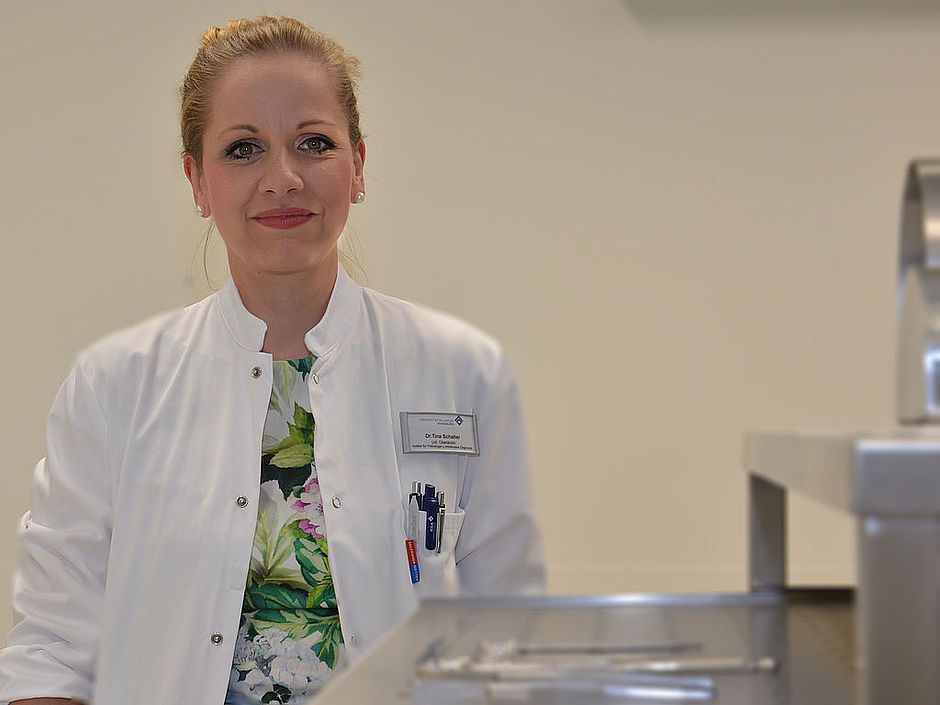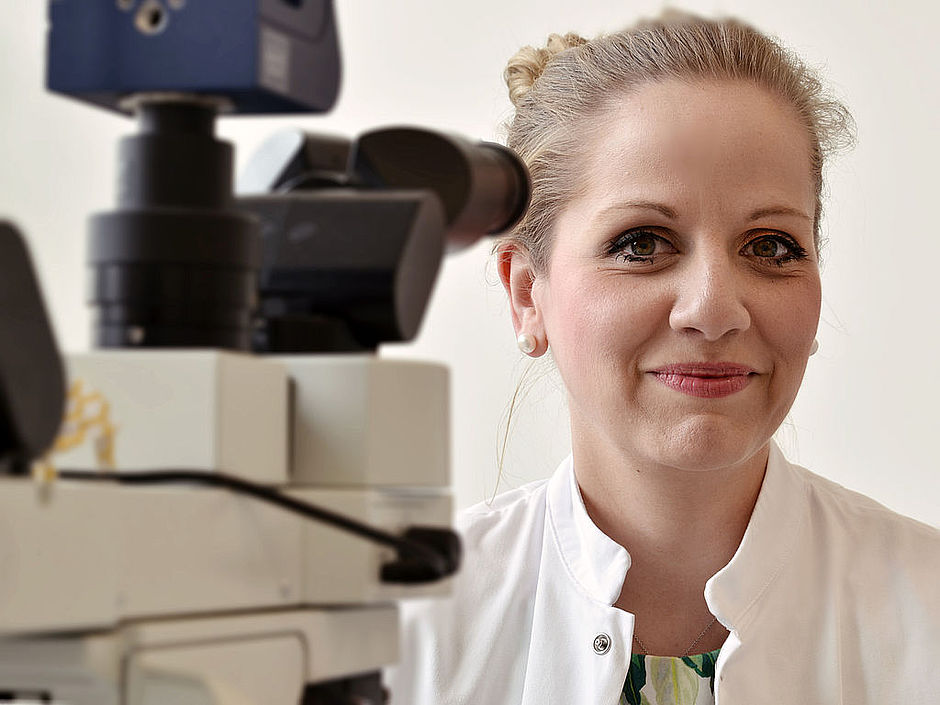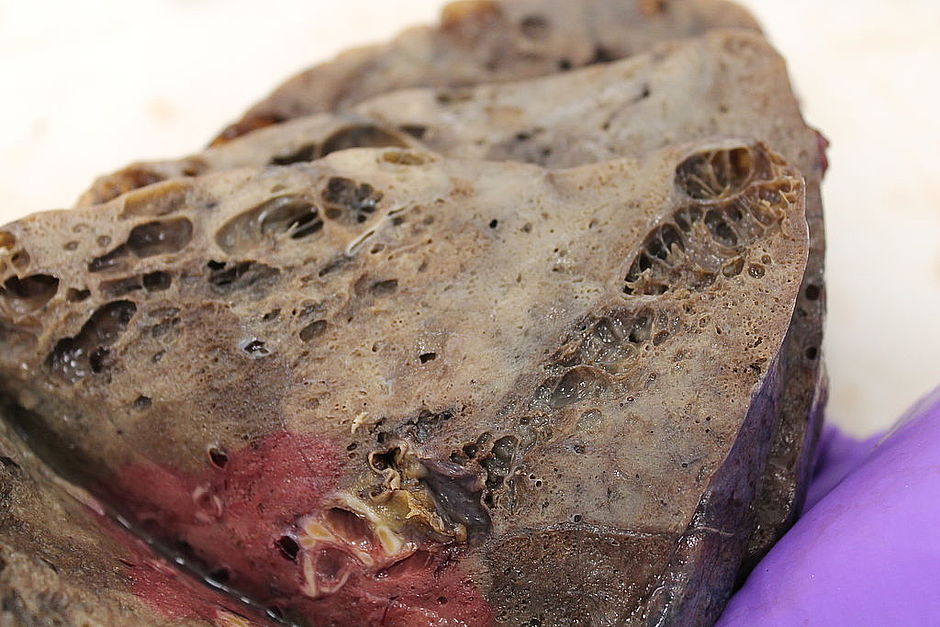COVID-19 in Augsburg: Autopsies show severe lung damage
A recently published study by the University Hospital of Augsburg provides important evidence about the cause of death of Corona patients based on autopsies
A study by the University Hospital of Augsburg, which recently appeared in the prestigious Journal of the American Medical Association (JAMA), shows that the lung tissue of deceased COVID-19 patients is irreversibly damaged. The cause of the damage was the virus, the genetic make-up of which could still be detected in the respiratory tract. Lung damage due to mechanical ventilation could largely be excluded as the cause, since more than half of the patients did not receive artificial ventilation. The massively impaired oxygen uptake of the lungs ultimately led to the death of the patients.
Autopsies show massive lung damage as the cause of death
Infection with the SARS-CoV-2 virus takes its course in the majority of cases as a complication-free disease of the upper respiratory tract, especially the throat. However, some patients develop pneumonia, which, in a small proportion of cases, is so severe that artificial ventilation is required. In spite of all the intensive medical measures, patients die from this disease.
An interdisciplinary medical team led by the Augsburg pathologist Dr Tina Schaller has performed 19 post-mortem examinations on patients who died of COVID-19 since 4 April this year. Thanks to providing relatives with comprehensive information, an autopsy rate of almost 90 % of the deaths was achieved in Augsburg, which enables doctors to give an accurate assessment. The results of the first ten autopsies have now been published in the prestigious Journal of the American Medical Association (JAMA). "During the examinations, we were able to detect the genetic makeup of the virus in the respiratory system of the deceased," explains Dr Schaller, senior consultant and lead author of the study. The lung tissue itself consistently showed unusually severe, sometimes presumably irreversible damage. The medical team sees this change as the cause of death, since it massively impairs the oxygen uptake by the lungs to supply the organs.
Corona virus as the cause of the lung damage
“The most important finding from the initial analysis is that the lung damage described does not appear to be a complication of ventilation. Rather, regardless of this intensive medical measure, it is most likely to arise directly from damage by the virus . All patients suffered from serious underlying diseases, which, however, did not lead directly to death,” adds Prof. Dr Bruno Märkl, Director of the Institute for Pathology and Molecular Diagnostics at the University Hospital of Augsburg, and holder of the Chair for General and Special Pathology at the Faculty of Medicine of the University of Augsburg. No apparently severe changes could be detected in the other organs . The pronounced lung damage caused by SARS-CoV-2 is comparable to the effects of the diseases SARS and MERS.
The study
Sample: Autopsy of 10 male and female patients with SARS-CoV-2 of an average age of 79 years, with an average of four pre-existing conditions , mainly in the cardiovascular area.
Authors: Dr. med. Tina Schaller (1)*; Dr. med. Klaus Hirschbühl (2)*; Dr. med. Katrin Burkhardt (3); Dr. med. Georg Braun (4); Prof. Dr. med. Martin Trepel (2); Prof. Dr. med. Bruno Märkl (1)**; PD Dr. med. Rainer Claus (2)**
1 - Institute of Pathology and Molecular Diagnostics, University Hospital of Augsburg
2 - II. Medical Clinic, University of Augsburg
3 - Institute for Laboratory Medicine and Microbiology, University Hospital of Augsburg
4 - III. Medical Clinic, University Hospital of Augsburg
* Lead author
**Senior author
Link to the study in the Journal of the American Medical Association (JAMA): https://jamanetwork.com/journals/jama/fullarticle/2766557
Person: The Augsburg pathologist Dr. Tina Schaller, with a multidisciplinary medical team, has undertaken 19 autopsies of patients who died of COVID-19. The results of the research have been published in the Journal of the American Medical Association.
Note:
This is a joint press release from the University of Augsburg and the University Hospital of Augsburg. You can reach the press department of the University of Augsburg here: Press and the press department of the University Hospital of Augsburg here: Press.




